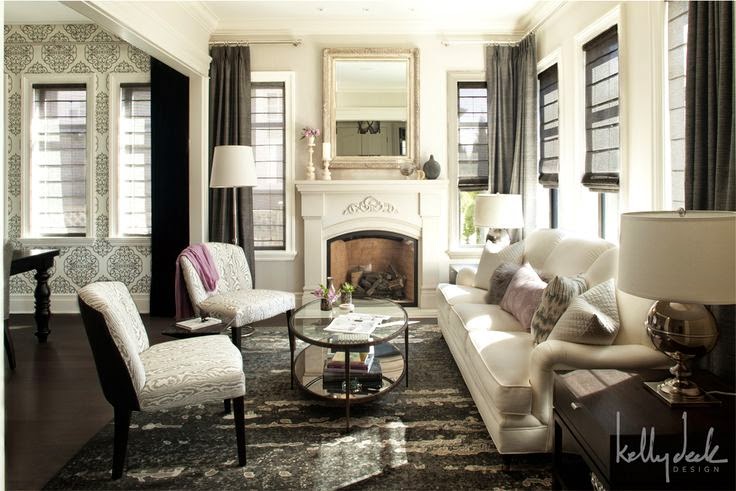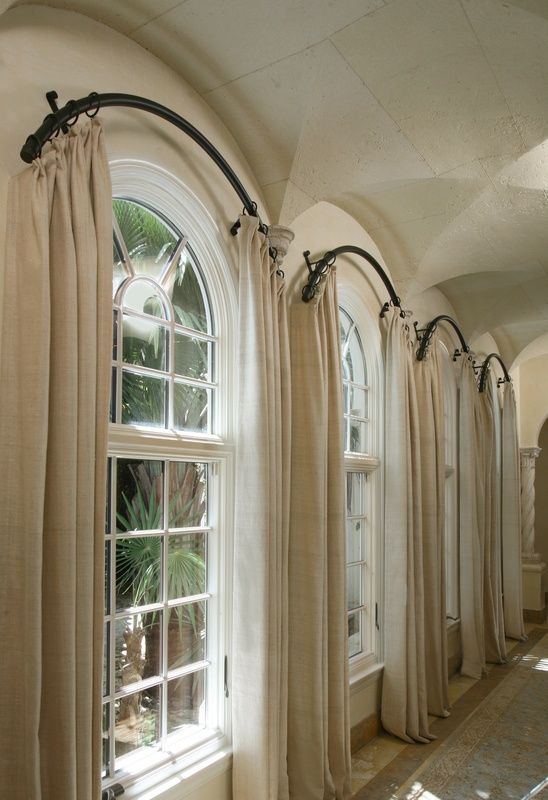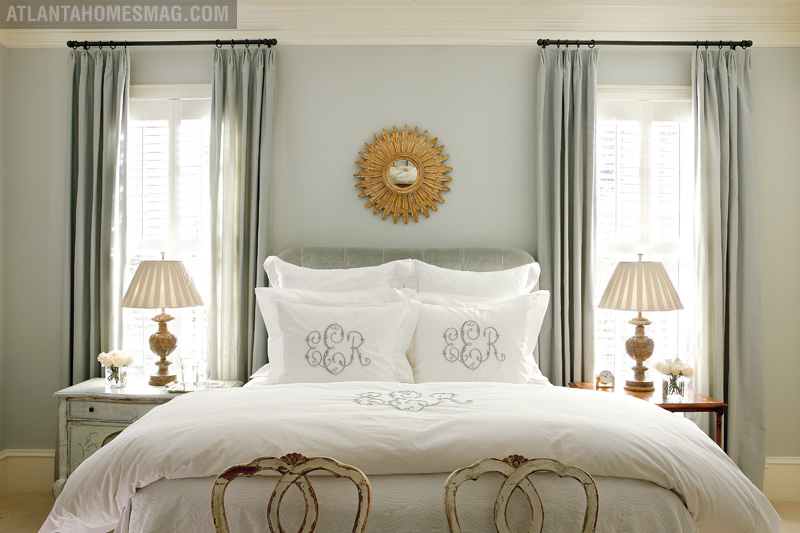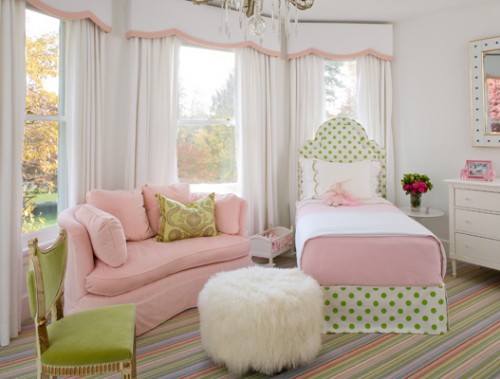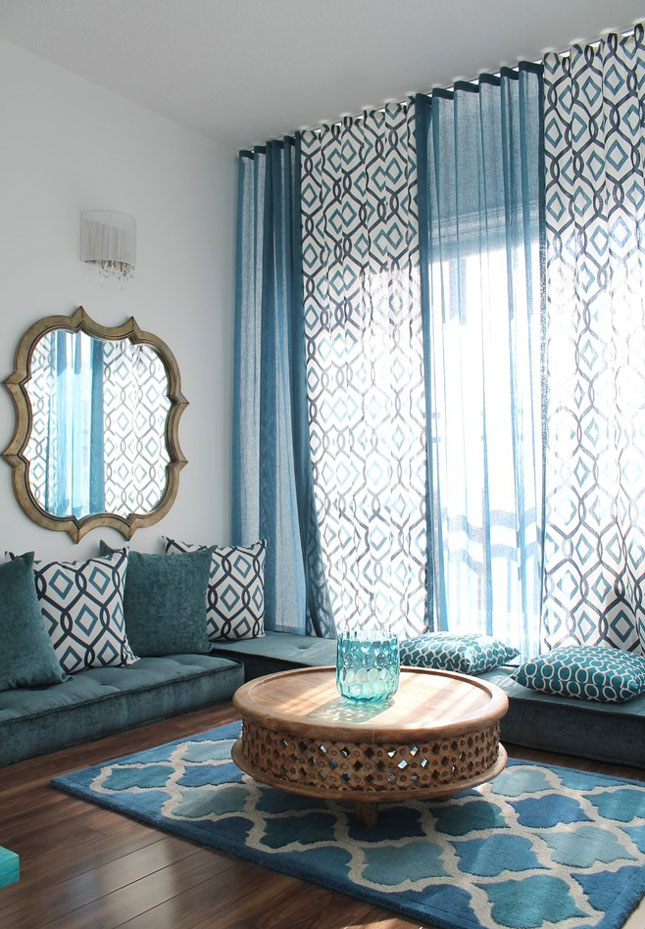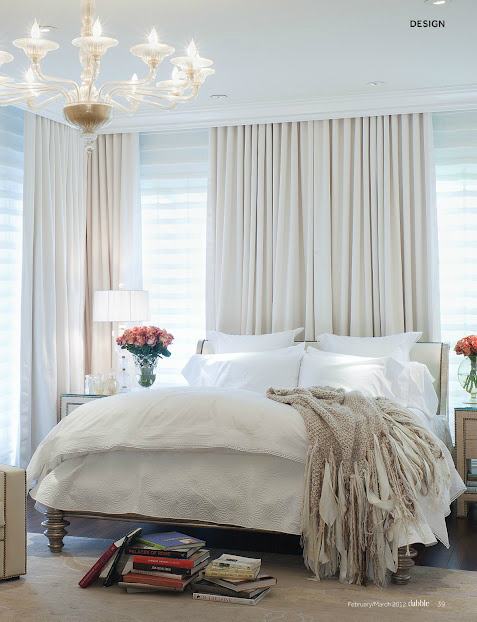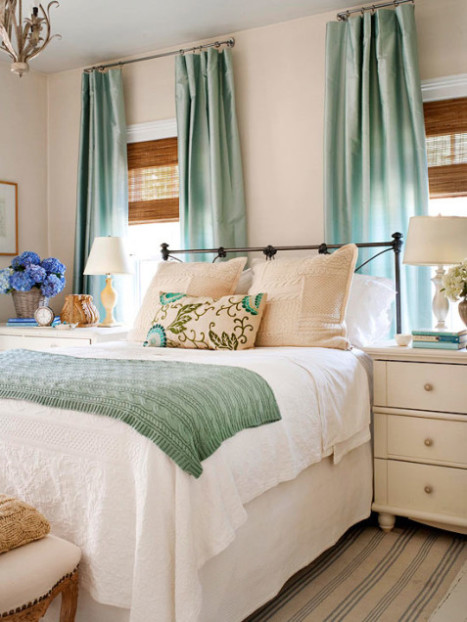More Window Treatment Tips - Using the Elements & Principles of Design
"Design is a plan for arranging elements in such a way as best to accomplish a particular purpose." ~Charles Eames
More Window Treatment Tips
Frame by The Distressing Girl
Here are some more window treatment tips for decorating your spaces. When deciding on window treatments make sure you consider these elements and principles of design:
- Scale and Proportion
- Line
- Balance
- Harmony
- Rhythm
- Texture
- Pattern
- Color
Scale and Proportion: Scale refers to the size of something as it relates to the size of everything else, including people. Good scale is achieved when all of the parts are proportionately correct relative to each other, as well as the whole. Proportion refers to the relationship of parts or objects to one another based on size. A window covering should be in proportion to the window and the room. Avoid dividing a window in half – instead use proportion guidelines like the Rule of Fifths of Sixths to create more dramatic effects.
Line: Line defines space. Windows and window treatments are a good way to incorporate a variety of lines into a room’s design. Window dressings can help relieve the repetition of squares and rectangles that usually make up a room. Tiebacks, holdbacks, and fan shades can introduce a few curves and make the space more interesting.
Vertical lines imply strength, dignity, and formality as pictured on a pair of tall, narrow windows that flank a fireplace.
Horizontal lines convey relaxation as in this beautiful Roman shade above a garden tub. This one combines the horizontal lines of the treatments with the vertical lines in the fabric.
Curved lines denote softness and sensuality as in this arched window.
Balance: Balance refers to equilibrium among elements in the window treatment. For example: two windows side by side on a wall with matching floor-length curtains will look appropriate in a room. If one treatment was floor-length and one sill-length, the windows would look awkward and out of balance.
Symmetrical balance is when an arrangement is exactly the same on both sides of an imaginary line as in this beautifully designed bedroom.
Here is an example of asymmetrical balance.
Harmony: Harmony is achieved when all the elements relate to one another. In other words, everything coordinates within one scheme or motif. Matching styles, colors, and patterns are good examples of harmony as in this cute little girl's room.
Rhythm: Rhythm refers to repeated patterns, which add movement and interest.
Texture: The surface texture of a fabric can convey the mood of a room. For example, chenille, denim, and linen are more casual, while silk and moiré are more formal. Nubby, coarse textures absorb more light, creating shadows and making the colors look darker in value, while shiny textures reflect light and tend to look lighter in value. Combining several textures can add variety and interest.
Pattern: Pattern is the arrangement of designs, motifs, or results from prominent texture and is formed when shapes are grouped together. Patterns can be combinations of one or more shapes including organic and geometric shapes..
Color: Color can be used to create a focal point and set the mood in a room. When choosing colors remember that warm colors create a cozy feeling and cool colors expand space and make a south-facing room seem cooler. Bright colors against a light background can fill up a wall, but those same colors against a dark background will not appear as bright or large. Window treatments placed against a lighter value of the same color blend into the wall. Remember that colors can appear different under different lighting and at different times of the day.



